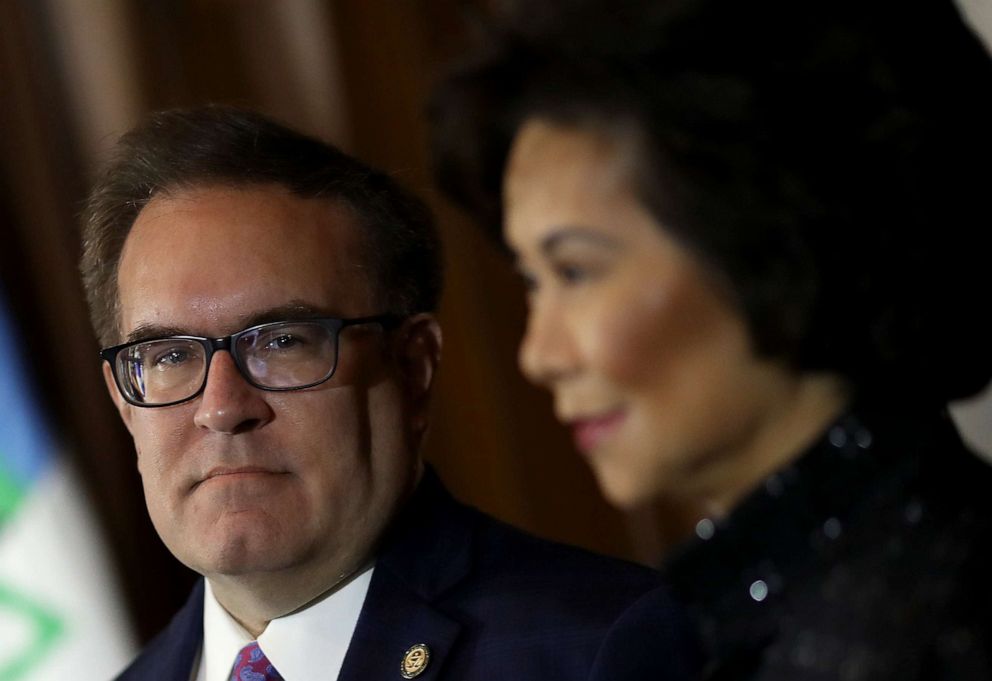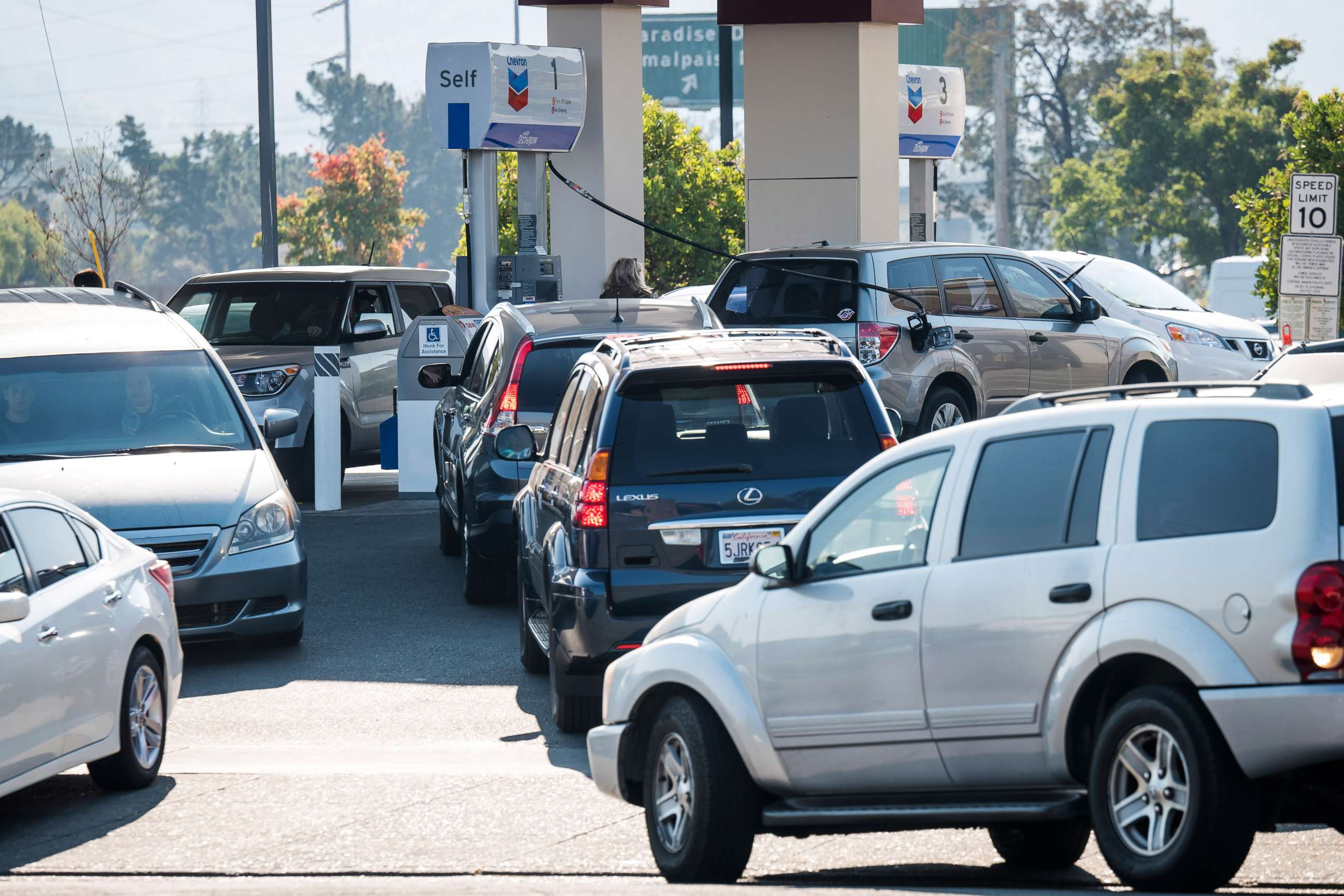Trump administration finalizes more lenient fuel economy rule, rolling back Obama-era policy
Officials say reducing regulations on new cars will make them cheaper and safer.
The Trump administration will require car and truck companies to make modest improvements to reduce carbon dioxide emissions and fuel economy standards, finalizing a rollback of more ambitious requirements put in place by former President Barack Obama as part of policies intended to combat climate change.
The Environmental Protection Agency and Department of Transportation finalized a replacement for the Obama-era rule on fuel economy on Tuesday, saying that reducing regulations on new cars will make them cheaper and more Americans will be able to buy new, safer vehicles to replace older ones.

The agencies said getting more new cars on the road would prevent an estimated 3,300 fatalities in traffic crashes and 397,000 fewer injuries if the rule prompts millions more Americans to buy new vehicles.
Critics argue that reducing requirements to reduce CO2 and other emissions will actually result in increased air pollution, potentially causing smog and respiratory illnesses.
States, like California, have challenged the change in court, saying they want the ability to set their own more stringent standards. The EPA ultimately withdrew California's waiver to set its own fuel economy standards, saying the state cannot set de facto national standards even if it disagrees with the federal government.
Obama compared the rule to climate denial in a tweet on Tuesday, calling on young people concerned about the policy to vote, saying "All of us, especially young people, have to demand better of our government at every level."
Transportation Secretary Elaine Chao said President Donald Trump promised to reinvigorate the American auto manufacturing industry, praising the final rule as a "win, win, win." She added that she believes it will save lives and prevent injuries, lower the price of new vehicles and grow the economy.
"These standards are reasonable, realistic and achievable," she said on a call with reporters on Tuesday.
EPA Administrator Andrew Wheeler also said the rule represents a balance between the need to reduce air pollution and the economic and safety concerns around new vehicles.
"Now, more than ever, this country needs a sensible national program that strikes the right regulatory balance for the environment, the auto industry, economy, safety, and most importantly, American families," he said.
Officials said the rule was not changed in light of the current economic situation but that it looked at economic changes over a seven year period and they still believe it will help Americans buy new cars.

Under the original Corporate Average Fuel Economy rules put in place by the Obama administration in 2012, emissions standards would have required automakers to reach an equivalent to 54 miles per gallon (mpg) by 2025, or reduce emissions through other improvements.
The new rule will reduce that requirement on automakers -- instead, requiring cars and trucks to maintain the equivalent of 31 mpg by 2025. Because of the lower fuel economy, consumers buying new cars would end up paying more for gasoline and other operating costs, according to EPA and DOT’s analysis of the rule. But, the agencies still said it will drive down the cost of producing new cars and trucks.
The administration originally proposed freezing limits on CO2 emissions and fuel economy requirements at 2020 levels, but changed course to require a 1.5% increase each year through 2026, after considering the more than 3 million public comments. The Obama-era rule would have required a 5% increase each year through model year 2026.
James Owens, acting administrator of the National Highway Traffic Safety Administration, said the administration took in feedback from the public and industry and said the final rule "strikes the right balance between environmental considerations, health and safety considerations and economic considerations."
Gina McCarthy, president and CEO of the Natural Resources Defense Council and former EPA administrator under Obama, said they plan to file legal challenges to the rule.
“Gutting the clean car standards makes no sense," she said in a statement. "It will harm the air we breathe, stall progress in fighting the climate crisis and increase the cost of driving."
She noted that the clean cars program helped the Obama administration bounce back during the 2008 recession and "achieve record sales."
“I am hoping that automakers know better than to go along with this illegal, ill-conceived and dangerous rollback," she said, adding "They should join us in fighting back."




